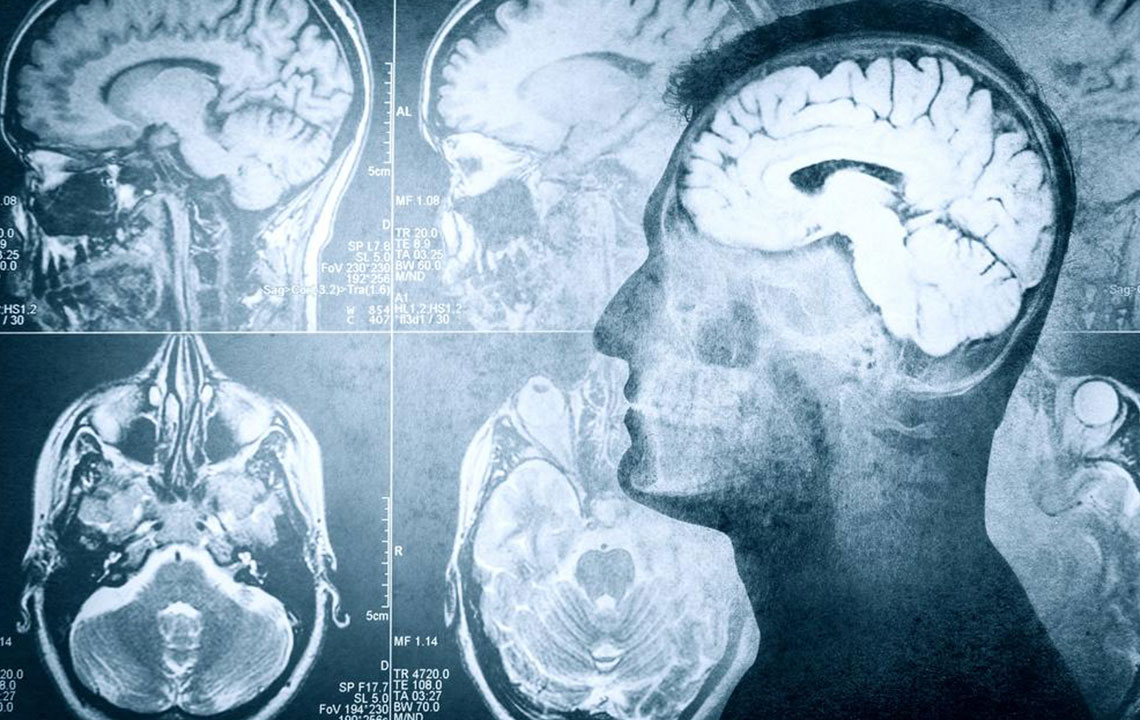4 Different Types of Treatments for Seizures
Also known as fits, seizures occur when there is an abrupt electrical activity in the brain nerves. The signs of seizures vary from person to person. For one individual, it could be as vague as staring blankly at one place, whereas for the other it could be uncontrollable body twitching. When seizures occur more than once, then apparently it could be an indication that a person has epilepsy. Therefore, if you or your loved one is suffering from epileptic seizures, then it is advised to garner all the possible information about its symptoms, causes, and treatments.
Usually, epileptic seizures can be a consequence of brain injuries, stress, tumors, cardiovascular diseases, meningitis, drug abuse, or side-effects of medications.

Different types of treatments for seizures
Medical intervention is mandatory when you are tackling a health condition like epilepsy. Remember that you mustn’t take any self-prescribed drugs or initiate any forms of treatments without seeking the counsel of your doctor. To help you understand and treat the condition of epilepsy better, here’s a breakup of the most common treatments for seizures which will be implemented by the doctor to improve your health.
- Medications – Normally, most doctors will start their treatment for seizure by prescribing anti-epileptic medications. This therapy doesn’t cure epilepsy but significantly prevents seizures from happening. Depending on the case, your doctor will recommend you with the most appropriate form of anti-epileptic pills. Factors like frequency, medical history, age, etc. will be taken into consideration, so that the best combination of medicines can be used for you.
The anti-epileptic medications are available in the forms of pills, capsules and syrups. Also, remember that you should never cease your dosage course, as it entails the risk of seizures occurring again. Therefore, you must religiously follow your doctor’s advice and only stop taking the medication if he/she says to.
Some of the common side-effects of caused due to the anti-epileptic medicines are tiredness, skin rashes, speech issues, headaches, forgetfulness, etc. It may also trigger depression and swelling of certain organs. If you are affected by any these, please make sure that you notify your doctor, so that they can alter your dosage course or frequencies. - Surgery – Your doctors will suggest a surgery, if the root of the seizure lies only in specific and a tiny area of the brain, which has nothing to with the primary sensory functions like vision, hearing, speech, control on voluntary movements, etc. In this type of treatment for seizures, the surgeons remove this particular area of the brain which can eliminate epilepsy completely.
Although, in cases where the seizure is originating in some vital areas of the brain, surgery can be an option. However, one must only seek an experienced and skilled neurologist’s counsel for a brain surgery, who could sincerely explain you all the risks that are involved. This is imperative as such surgeries in some cases can cause irreversible brain damage. - Vagus nerve stimulation (VNS) – In this type of procedure, the neurologist will install a tiny electrical device near the collarbone, which is more or less similar to a pacemaker. The wire from the VNS device is connected to the vagus nerve situated in your neck. The function of this machine is to transfer a dose of electricity on a regular basis. It can help reduce the occurrences of seizures by 20% to 40%. However, it isn’t quite clear how this kind of treatment for seizure has been successful, but it is credited with the theory that it positively alters the chemical fluctuations in the brain cells. Generally, patients who opt for vagus nerve stimulation also have to take anti-epileptic medications for overall effective results. The battery running the VNS machine can last up to 10 years. Some of the usual side-effects associated with vagus nerve stimulation are throat discomfort, coughing and croaky voice.
- Ketogenic diet – This form of diet regime, includes high fats and low levels of carbohydrates and proteins. It is considered to be a beneficial treatment for seizures as it alters the chemical transmissions of the brain nerves. It was one of the most prominent types of treatment for seizures before anti-epileptic medications came into existence. Currently, the ketogenic diet is not advised for adults, as it can lead to chronic conditions like diabetes and heart diseases. Although, it is used for kids suffering from epileptic seizures. This could be because a considerable number of children don’t respond to the medication for seizures. However, a ketogenic diet must be only implemented under the direction of a qualified neurologist.
Certain side-effects of a ketogenic diet may comprise sluggish growth, high levels of uric acid, digestive problems and dehydration.


